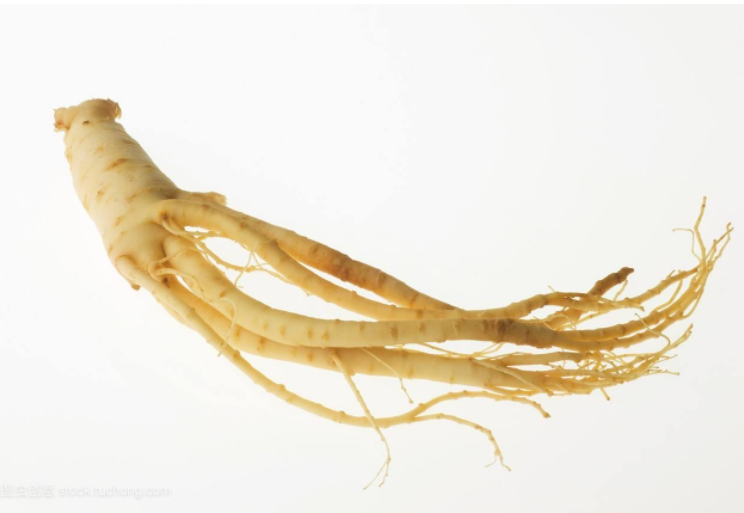Various Benefits of Ginseng
Ginseng is a species of perennial plant that belongs to the Panax genus of the Araliaceae (a family of flowering plants). Typically grown in cooler climates, ginseng has a fleshy root and has played a major role in herbal medicine for thousands of years, being used by both the Chinese as well as the Native Americans for herbal remedies. Known to be an adaptogen, which is a substance that can help the body restore itself to health and work without side effects, there are three main species of ginseng: Oriental ginseng (Panax ginseng), American ginseng (Panax quinquefolius) and Siberian ginseng (Eleutherococcus senticosus). The various types of ginseng offer an extensive health benefits, so finding the right type of ginseng to suit a person’s specific needs is essential.

Various Benefits of Ginseng
Oriental Ginseng
Oriental ginseng (also known as Asian ginseng, Chinese ginseng, Korean ginseng or Asiatic ginseng) is grown in both China and Korea. Red ginseng, also known as red panax is the most popular form of ginseng, and gets its name from the processing of the root, which turns it red. White oriental ginseng, on the other hand, is the ginseng root that has been allowed to dry naturally.
There are many and various benefits of ginseng, including improving mental and physical performance, aiding in relieving symptoms related to menopause, enhancing the health of the immune system, enhancing sexual performance, among others.
In a double-blind, placebo-controlled study1 that assessed the effectiveness of Korean red ginseng (KRG) on erectile Dysfunction (ED), 60 men with mild to moderate ED participated. Participants were given either placebo or KRG (1,000mg) to take three times daily for 12 weeks after which erectile function was assessed using the International Index of Erectile Function and a Global Assessment Questionnaire. Subjects that received KRG showed significant improvements in erectile function, while those in the placebo group did not receive any benefits. Participants that received KRG also reported enhanced rigidity, maintenance and penetration without detectable changes in serum testosterone, prolactin or cholesterol levels, signifying that KRG’s effect on ED is independent of hormonal or cholesterol levels.
American Ginseng
American ginseng is native to eastern North America, is said to be more soothing than Oriental ginseng and is considered a therapeutic ginseng that can be helpful to especially weak or elderly people. Among its many other benefits, American ginseng has been used to reduce the effects of stress, boost energy levels, improve performance, enhance memory and stimulate the immune system.
In an animal study2 published the Journal of Ethnopharmacology, researchers assessed the effects of Ginsenoside Rb1 (GRb1)—an active protein component of the American ginseng root on a group of adult male rats one with ischemic stroke. Research found that Grb1 significantly increased the number of neural stem cells (neural precursors cells) after ischemic stroke compared to rats not infused with Grb1. Research has also studied the potential anti-cancer benefits of American ginseng. In a study3 conducted at the University of Chicago, researchers treated two types of colorectal cancer cells with steamed American ginseng root extract. This caused damage to the cells’ mitochondria, the internal structures that are involved with energy production and led to cell death. It also increased levels of reactive oxygen species (ROS), a byproduct of the processes in which cells use and break down oxygen. Increased levels of ROS can either bring on cell death or activate the survival pathways that protect against it. The researchers found that fewer ginsengtreated cancer cells with high ROS levels died compared with ginseng-treated cancer cells that had low ROS levels. To test whether ROS protected the ginseng- treated colorectal cancer cells from dying, the researchers added two antioxidants (N-acetyl-L-cysteine and vitamin C), which decreased ROS levels and increased rates of cell death.
Siberian Ginseng
Siberian ginseng is not a true form of ginseng—it is in the same family (but not genus) as ginseng and is more like a distant cousin of Oriental ginseng. Siberian ginseng is also an adaptogen, but has a woody root instead of a fleshy root. Further, unlike true forms of ginseng, Siberian ginseng contains eleutherosides instead of ginsenosides.
Until very recently, most of the scientific research on Siberian ginseng has been conducted in Russia. Like both Oriental and American ginseng, Siberian Ginseng has been used to improve both physical and mental performance, as well as increase immune health. Additionally, research is examining the effects of Siberian ginseng on the bone density of postmenopausal women.
In a randomized, controlled study4 of 81 postmenopausal Korean women (age 65 and higher) with ostopenia or osteoporosis, subjects were randomly assigned to the control or the treatment group. Both groups received 500mg/day calcium and the treatment group also received Siberian ginseng extract. After six months, the treatment group exhibited a significant change in plasma levels of the bone turnover markers, serium osteocalcin and Ctx, (C terminal telopeptide) compared with the control group. However, no significant changes in bone density were observed, possibly due to the short treatment duration. Siberian ginseng extract was well tolerated and demonstrated a safety profile comparable to the control group. Researchers concluded that Siberian ginseng might beneficially affect bone remodeling in Korean post-menopausal women. More for Various Benefits of Ginseng Scientific research and development , please check here







